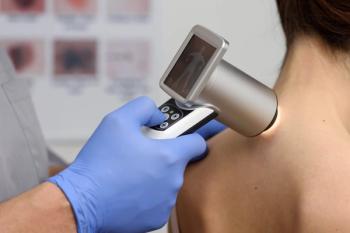
As Price Pharmacies Pay For Generic Entecavir Plummeted, Out-of-Pocket Expenditures for Patients Increased
Findings reported in JAMA Network Open show that patients with chronic hepatitis B didn’t reap the benefits of price competition as the number of generic suppliers of the antiviral increased from one to 11.
Generic drugs are supposed to spur competition on price and that has, in fact,happened with entecavir, a first-line antiviral used to treat chronic hepatitis B.
But a study published in
As the number of approved generic manufacturers of entecavir increased from one in 2014 to 11 in 2018, the price that pharmacies paid for the drug plummeted from $30.12 per 0.50-mg tablet to $1.93, according to
But while the NADAC price fell, Alpern and his co-investigators found that the average wholesale price — in effect, the list price — stayed at $44.43.
Copayments and coinsurance tend to get calculated using the average wholesale price (or something close to it), not the NADAC or other prices.
Using deidentified data from a health claims database, Alpern and his colleagues found that the average out-of-pocket expenditure for patients for a 30-day supply generic entecavir increased from $41in 2014 to $52 in 2018. That is a 27% increase during the same period that the NADAC fell by 93%.
The patterns was similar for people in high-deductible health plans: The increase in the average out-of-pocket expenditure for a 30-day supply of generic entecavir increased from $103 in 2014 to $133 in 2018, a 29% increase.
The researchers note that $133 per month is a threshold associated with 50% rate of “prescription abandonment.” They also note that people with chronic hepatitis B are predominately born outside the U.S. and are “disproportionately affect by the social determinants of health.”
They describe the average wholesale price as “artificially high” and say that “supply chain intermediaries, such as PBMs and drug wholesalers benefit from the high prices. Alpern and his colleagues say their findings underscore the need for policies and rules that require more transparency about generic drug financing and PBM practices. They acknowledge that their calculations don’t factor in patient coupons and pill splitting, both of which would reduce out-of-pocket expenditures. They also didn’t include health plan rebates in their calculations of the total spending on entecavir.
The study was published in the Jan. 21, 2022, edition of JAMA Network Open.
Newsletter
Get the latest industry news, event updates, and more from Managed healthcare Executive.






















































